Bees and flowers are something that cannot be separated from each other because the life of bees is always looking for food on every nectar, rarely seen they hunt or prey on other insect species as food, in a habitat. While the wasps themselves, often suck nectar and also hunt other insect species as prey
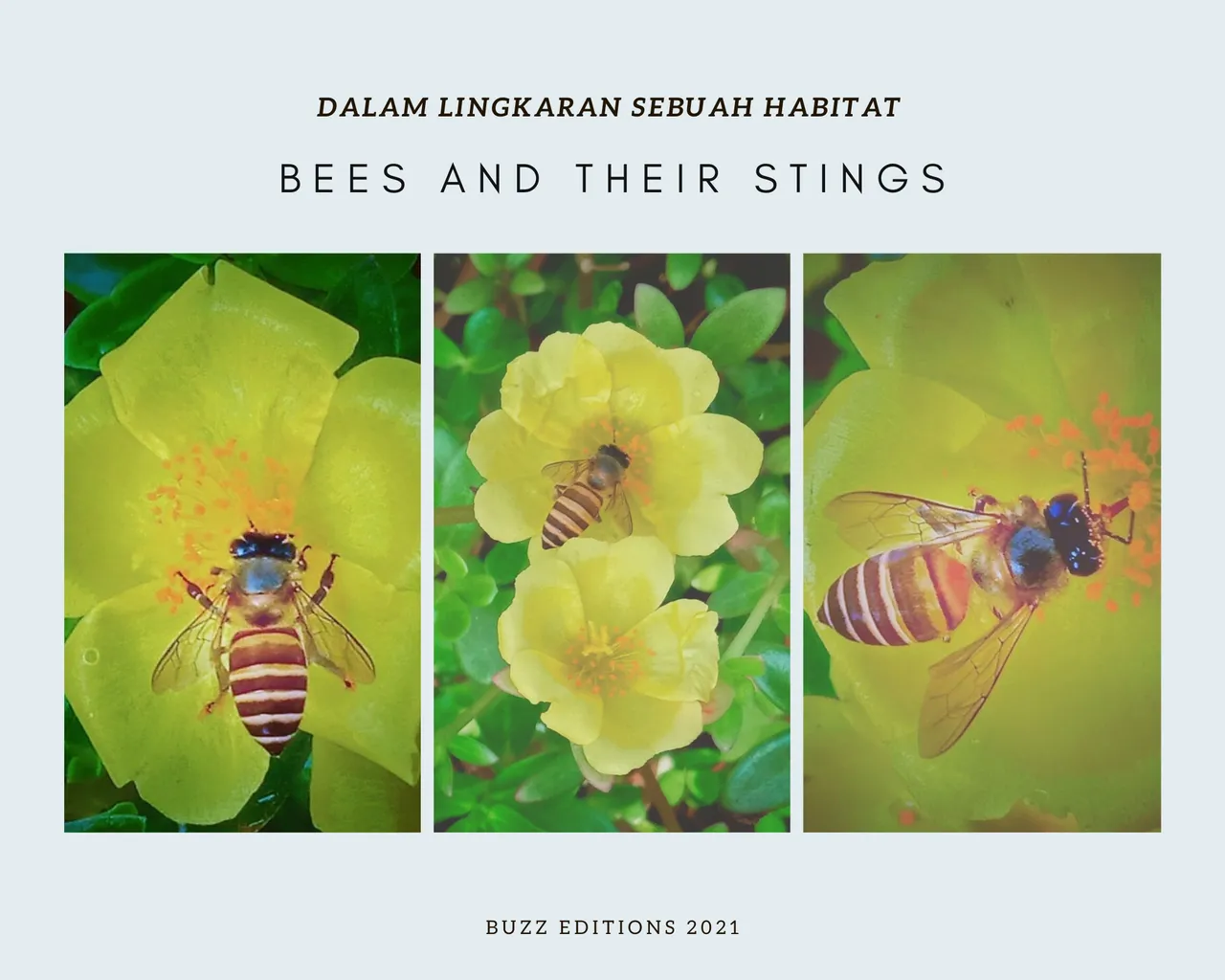

At this meeting I will not discuss the differences between bees and wasps, because you already understand them very well, this can be seen from every post from other great friends in describing the two.
However, I'm interested in some of the characters it has while in the habitat circle. Actually there is so much to discuss about it that it is impossible to talk about it once in this meeting, to discuss everything that has to do with that character, it will take a lot of time to describe everything. For that I have chosen several characters that are sourced from it, may be of benefit to our lives here.
I saw some characters that are stored in them, which might be interesting if discussed in this post, if this explanation has also been discussed by colleagues it may be just a coincidence. Ok let's follow me...

1. The presence of bees in one location of their choice never disturbs the object being touched 🌹
Not only bees, even many other animals belonging to the order of insects or beetles are found in nests that flower, or others, among several other insect species that have a detrimental effect on the plant itself when in a place or when breeding in a habitat While certain locations or choices, such as leaves, flowers, and other pieces of chocolate.
However, the presence of bees in a habitat never makes other objects lose something because of their presence, wherever they open a nest it certainly does not make the location point a bad impact, such as butterfly larvae when they are in the leaves, even though they take the location of the nest point, of course it is very close to the location of the nest. strategic location and away from important reach for other insect species. Its size is also unreachable by anything that interferes with the activities of other animals or creatures, while the point of its location looks foreign and does not damage the habitat maintenance area.

2. Always consume good and nutritious food 🌹
As in the previous explanation, or seen also in every post of other friends who have discussed the food they eat, although wasps eat flower nectar, they also often eat other types of insects, in every hunt. Likewise with several other types of insects that have a similar character. But with a bee, as I recall and to this day, have personally never seen a bee cannibalize or hunt a species that has meat, but what it seeks is good, nutritious food like flower nectar, not the gritty liquid like some other species
Every bee will always visit the flowers that are in bloom, in general they always look for every flower petals in the morning. So that this phenomenon is often seen, in a location area that has flower plants, even flowers and bees are inseparable from each other, they have a very ideal relationship so that the relationship between the two of them each has its own meaning. Symbiosys mutualism is a term for those who need each other and also often have a harmonious relationship every day. Every flower will be happy if the arrival of the bee who always sucks the nectar, and automatically also makes the fertilization process faster felt by the flower.

3. Produce good's 🌹
Honey is one thing that is very well known throughout the world because honey itself has a very healthy content for every creature that will consume it.
In an information that is in a blog, in it is written perfectly all the ingredients that honey has, such as, protein, carbohydrates, fiber, calcium, phosporus, iron, sodium, potassium. So that the content can nourish the human body and is also useful for other diseases, for more details, please see this link Source of scientific insight
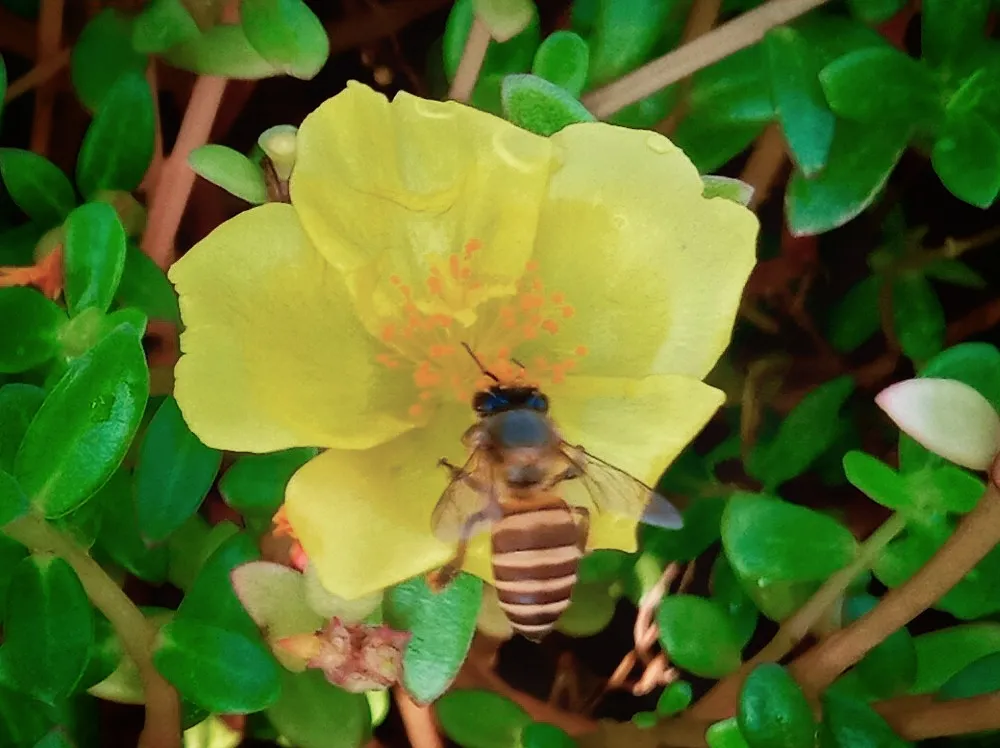
Honey itself comes from each individual bee that is released every day in the hive, honey itself is also food for their habitat in the hive (for children) and also several important components in the hive. But until now, no one knows where the honey comes from, whether it is released from the bee's mouth, whether from the bee's tail, or from other body parts unknown to humans. Well, herein lies their greatness and greatness in a natural product.
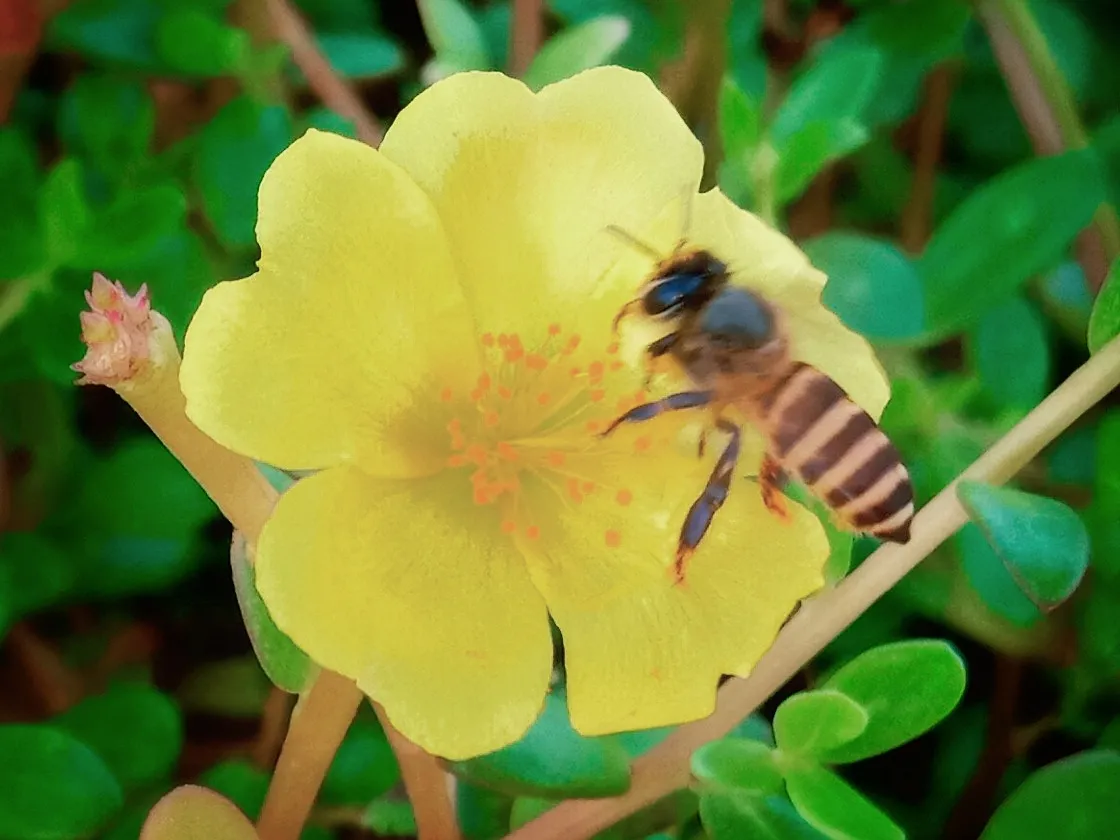
Very closed, the process of producing honey produced by bees, thus making experts wonder and always want to know the origin of the production process, this search has long been sought but is still in a curious mind and is a very mysterious thing.
They are amazing...
A thing that is full of mystery is in the behavior of bees, and it really becomes a complicated job for every expert in solving a puzzle that comes from this amazing creature.
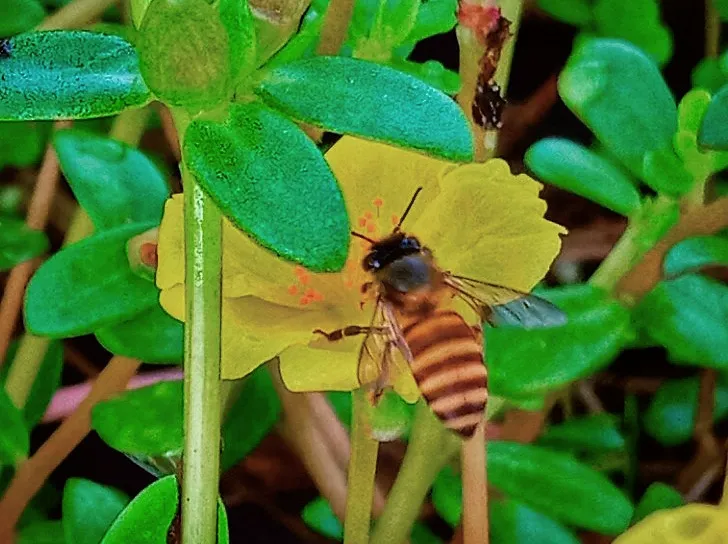
4. Never disturb her 🌹
In this case, if you look at the characters further, it can be said that they have an instinct that is almost equal to human nature, which is not to interfere! When the code of ethics occurs (if violated) things will happen that can be fatal for anyone who interferes with it. Let alone other animals, sometimes humans themselves often become victims of bee stings, this happens from the character of revenge by bees against intruders and nosy people. So in this case it is often seen that people who always bother him will receive a sting that can injure a person's body.
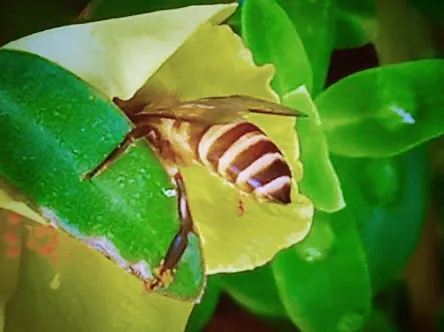
These four characters, rarely possessed by every other animal, such as :
- The presence of bees in one location of their choice never disturbs the object being touched 🌹
- Always consume good and nutritious food 🌹
- Producing good 🌹
- Don't disturb him 🌹
It is a symbol of their life, so when the symbol becomes a trait, it will never disappear as long as they exist.
In fact, this motto has become something that every species of insects, animals, and even humans themselves are very careful to do.
That's it and thank you

| Photo and Text Captions | ✎ & 📸 |
|---|---|
| 🅿🅾🆂🆃 🆃🅸🆃🅻🅴 | 4 things that make bees even more great and extraordinary |
| 💥 𝕃𝕠caţเØnˢ 𝓅H𝐨𝓣o⌖ | Indonesia |
| 𝗪𝗿𝗶𝘁𝗶𝗻𝗴 𝗗𝗲𝘀𝗰𝗿𝗶𝗽𝘁𝗶𝗼𝗻 | 𝕆𝕨𝕟 𝕨𝕣𝕚𝕥𝕚𝕟𝕘 |
